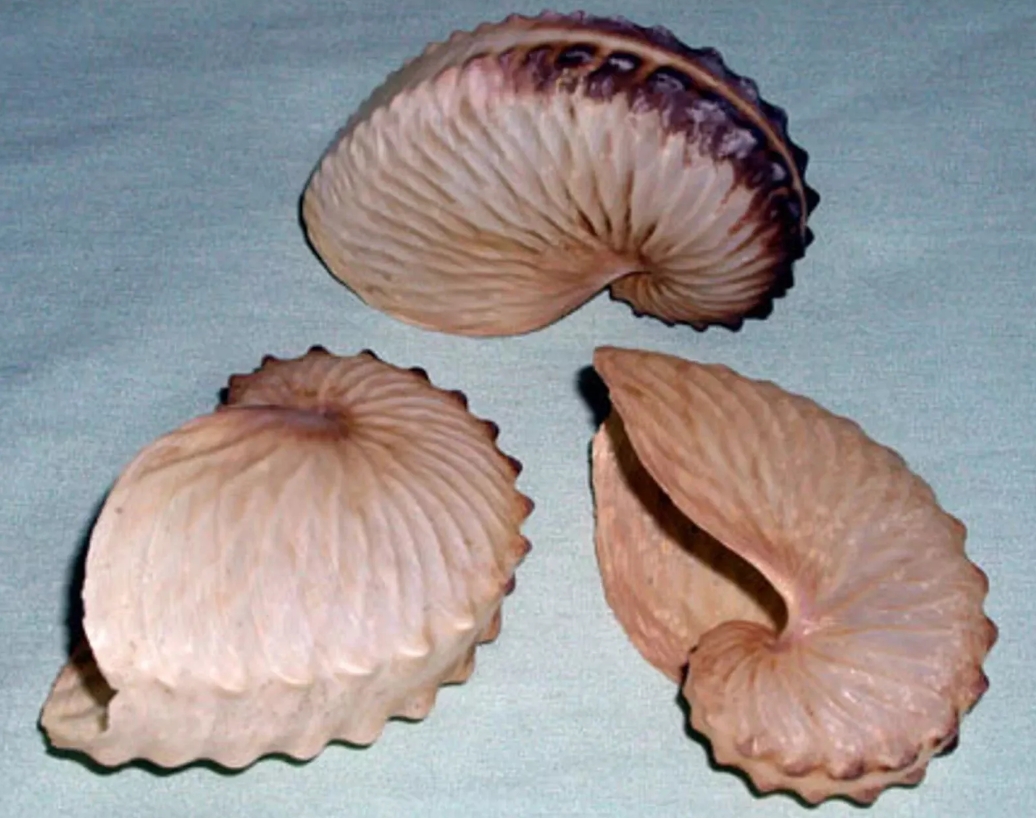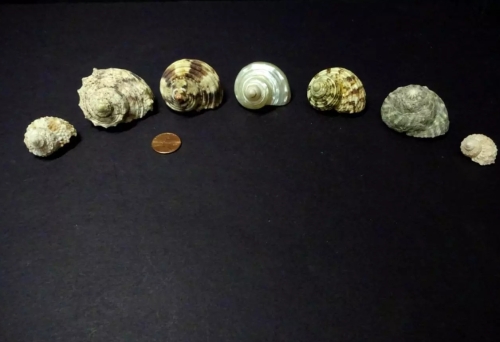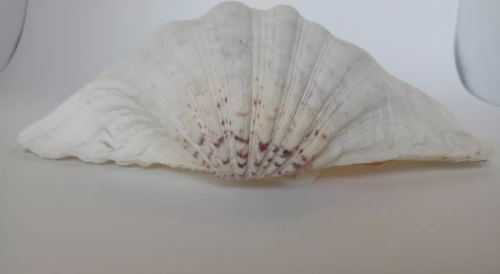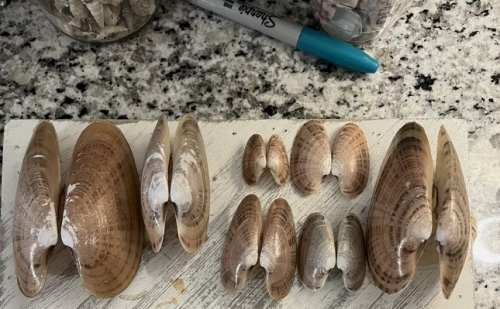Shell specimens are common treasures in nature, which not only carry rich biological knowledge, but also contain unique aesthetic value. Shells come from a variety of mollusks, especially snails and bivalves, whose shells not only provide protection for them, but also form a variety of shapes and colors in the long-term ecological evolution process, becoming the object of collectors.
Collecting shell specimens is not only a hobby, but also a way to learn more about Marine ecology. There are many kinds of shells, from the simple spiral shape to the complex fan shape, the various forms of shells show the magic and diversity of nature. Among them, some shells are often used in art creation and handicraft production because of their exquisite shape and fine texture. The brightness and color changes of the shells make them shine in the sun and attract the eyes of countless people.
In scientific research, shell specimens also have important application value. By analyzing the chemical composition and growth rings of the shells, researchers are able to obtain valuable data about environmental changes and climate change. These information not only help us to understand the ecological situation in the historical period, but also provide a powerful reference for modern environmental protection. Many scientists also use the distribution and morphological characteristics of shells to speculate on the evolution and adaptation of Marine organisms.
The collection and display of shell specimens gradually evolved into a cultural phenomenon. In many places, the shell collecting community regularly organizes exhibitions to share stories of rare shells and scientific discoveries, inspiring the public's love and interest in Marine life. Whether scientific researchers or ordinary enthusiasts, shell specimens have become a bridge between nature and human beings.
















